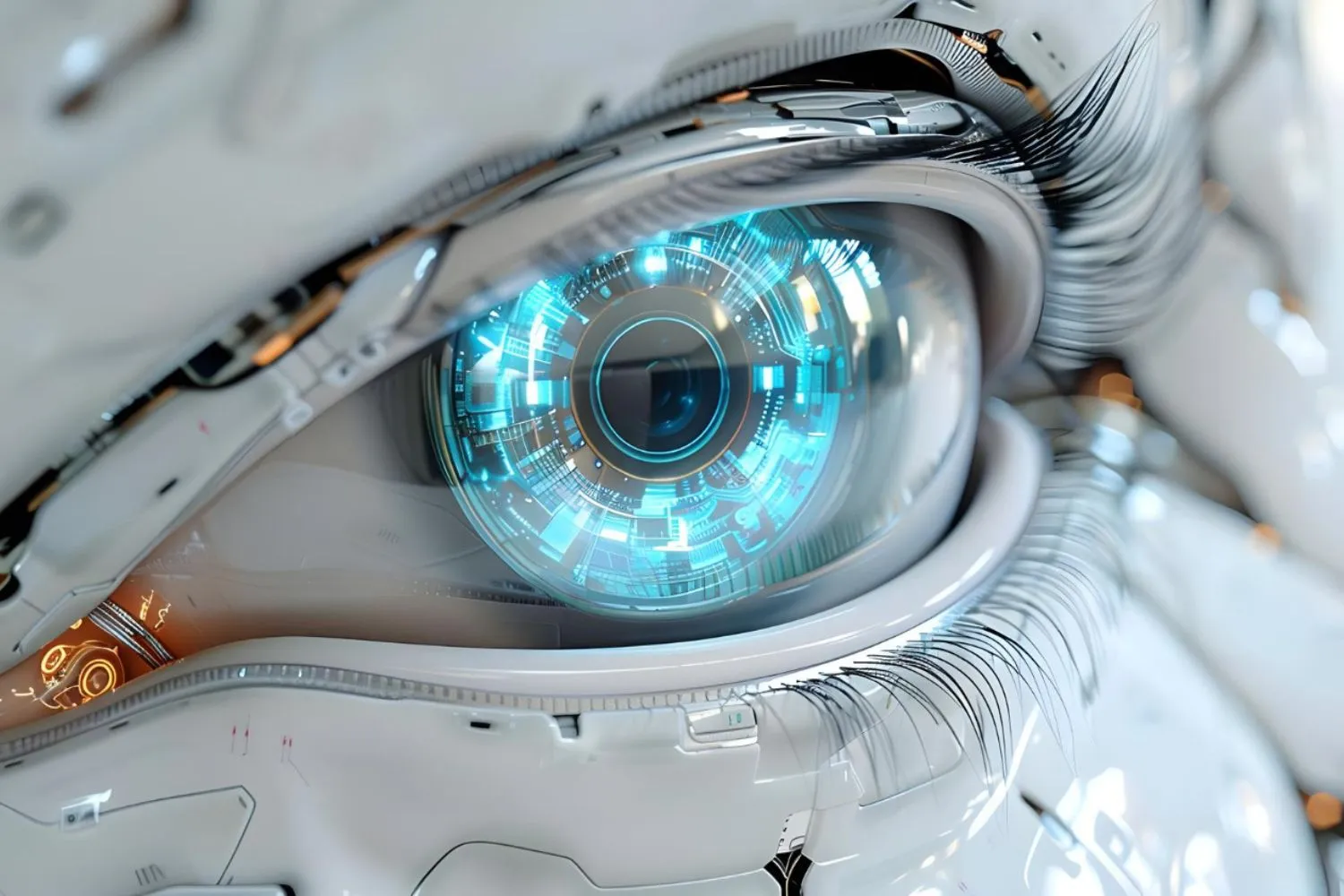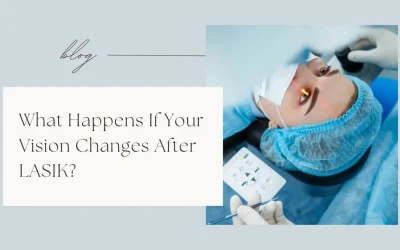How Artificial Intelligence is Shaping the Future of LASIK Surgery

Laser-assisted in Situ Keratomileusis, commonly known as LASIK, has been a revolutionary procedure in the field of ophthalmology since its introduction in the 1990s. This popular vision correction surgery has helped millions of people reduce or eliminate their dependence on glasses and contact lenses. Now, as we move further into the 21st century, artificial intelligence (AI) is poised to take LASIK to new heights, enhancing its precision, safety, and outcomes.
AI-Powered Preoperative Planning
One of the most significant ways AI is impacting LASIK surgery is in the preoperative planning stage. Advanced machine learning algorithms can analyze a patient’s corneal topography, wavefront aberrometry, and other diagnostic data to create highly detailed 3D models of the eye. These models allow surgeons to:

- Predict surgical outcomes with greater accuracy
- Identify potential complications before they occur
- Customize treatment plans for each patient’s unique eye structure
By leveraging AI in this way, surgeons can make more informed decisions about whether a patient is a good candidate for LASIK and how to optimize the procedure for the best possible results.
Real-Time Surgical Guidance
During the LASIK procedure itself, AI-powered systems are beginning to provide real-time guidance to surgeons. These systems can:
- Track eye movements with incredible precision
- Adjust laser settings on the fly to compensate for minute eye movements
- Provide instant feedback on the progress of the corneal reshaping
This level of assistance helps to ensure that the laser is always focused on the exact right spot, potentially reducing the risk of complications and improving overall outcomes.
Enhanced Post-Operative Care

AI is also making waves in post-operative care for LASIK patients. Machine learning algorithms can:
- Analyze post-surgery images of the eye to detect early signs of complications
- Predict healing patterns based on vast databases of previous cases
- Provide personalized recommendations for post-operative care
By catching potential issues early and tailoring aftercare to each patient’s needs, AI can help improve recovery times and long-term outcomes.
The Future of AI in LASIK

As AI continues to advance, we can expect to see even more exciting developments in LASIK surgery:
- Fully Automated Procedures: While human oversight will likely always be necessary, AI systems may be capable of performing certain aspects of the LASIK procedure autonomously.
- Predictive Maintenance: AI could help identify when LASIK equipment needs maintenance or calibration before problems occur, ensuring consistent performance.
- Continuous Improvement: By analyzing outcomes from thousands of procedures, AI systems can continuously refine their algorithms, leading to ever-improving results over time.
Accessibility: AI could help make LASIK more accessible by assisting less experienced surgeons or enabling remote consultations with AI-augmented expertise.
Conclusion
Integrating AI into LASIK surgery represents an exciting frontier in vision correction. While the human touch of skilled surgeons remains irreplaceable, the addition of AI’s analytical power and precision is elevating LASIK to new levels of safety and effectiveness. As this technology evolves, patients can look forward to even better outcomes and a brighter, clearer future.
Book your appointment now for all eye-related services.
Your Vision Our Focus


